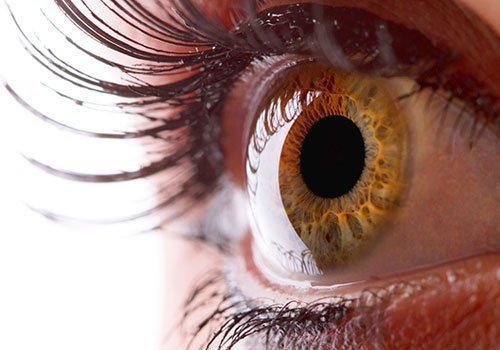
Breaking News
 This roof paint blocks 97% of sunlight and pulls water from the air
This roof paint blocks 97% of sunlight and pulls water from the air
 'Venomous' Republican split over Israel hits new low as fiery feud reaches White House
'Venomous' Republican split over Israel hits new low as fiery feud reaches White House
 Disease-ridden monkey that escaped from research facility shot dead by vigilante mom protecting...
Disease-ridden monkey that escaped from research facility shot dead by vigilante mom protecting...
 Hooters returns - founders say survival hinges on uniform change after buying chain...
Hooters returns - founders say survival hinges on uniform change after buying chain...
Top Tech News
 The 6 Best LLM Tools To Run Models Locally
The 6 Best LLM Tools To Run Models Locally
 Testing My First Sodium-Ion Solar Battery
Testing My First Sodium-Ion Solar Battery
 A man once paralyzed from the waist down now stands on his own, not with machines or wires,...
A man once paralyzed from the waist down now stands on his own, not with machines or wires,...
 Review: Thumb-sized thermal camera turns your phone into a smart tool
Review: Thumb-sized thermal camera turns your phone into a smart tool
 Army To Bring Nuclear Microreactors To Its Bases By 2028
Army To Bring Nuclear Microreactors To Its Bases By 2028
 Nissan Says It's On Track For Solid-State Batteries That Double EV Range By 2028
Nissan Says It's On Track For Solid-State Batteries That Double EV Range By 2028
 Carbon based computers that run on iron
Carbon based computers that run on iron
 Russia flies strategic cruise missile propelled by a nuclear engine
Russia flies strategic cruise missile propelled by a nuclear engine
 100% Free AC & Heat from SOLAR! Airspool Mini Split AC from Santan Solar | Unboxing & Install
100% Free AC & Heat from SOLAR! Airspool Mini Split AC from Santan Solar | Unboxing & Install
 Engineers Discovered the Spectacular Secret to Making 17x Stronger Cement
Engineers Discovered the Spectacular Secret to Making 17x Stronger Cement
Bio-compatible Glue For Repairing Corneas – A Sight for Sore Eyes

An assistant professor of bioengineering at the University of California-Riverside has developed an adhesive that rapidly integrates corneal cells to speed healing and reduce the chances of secondary infection.
The breakthrough by Iman Noshadi also reduces complications that increase the risk, cost, and healing time of eye injuries and corneal transplants.
Of the 2.4 million eye injuries annually in the United States, 600,000 are open globe corneal tears, leading to blindness in some cases. There are also around 40,000 corneal grafting procedures performed each year.
The current standards of care for corneal repair are sutures and cyanoacrylate glue, both of which are associated with complications and costs, during and after the procedure.
Sutures, used for larger tears and grafting, can cause astigmatism, vascularization, and infections. Cyanoacrylate glue, which is not FDA approved, can be used only for tiny perforations, has low biocompatibility, cytotoxicity, opacity, and causes infections and cataract – all needing additional care and cost.
"There is no FDA-approved material platform to replace the present techniques for corneal repair effectively," said Noshadi. "Our technology addresses all these issues, resulting in reduced operative and post-operative costs."
The UC Riverside product should solve these secondary problems with its biocompatibility, high adhesion, flexibility, and high strength. It will not accidentally loosen or fall off and its antimicrobial properties will help prevent infections. Because the adhesive is transparent, it will help restore vision more quickly, as well.



